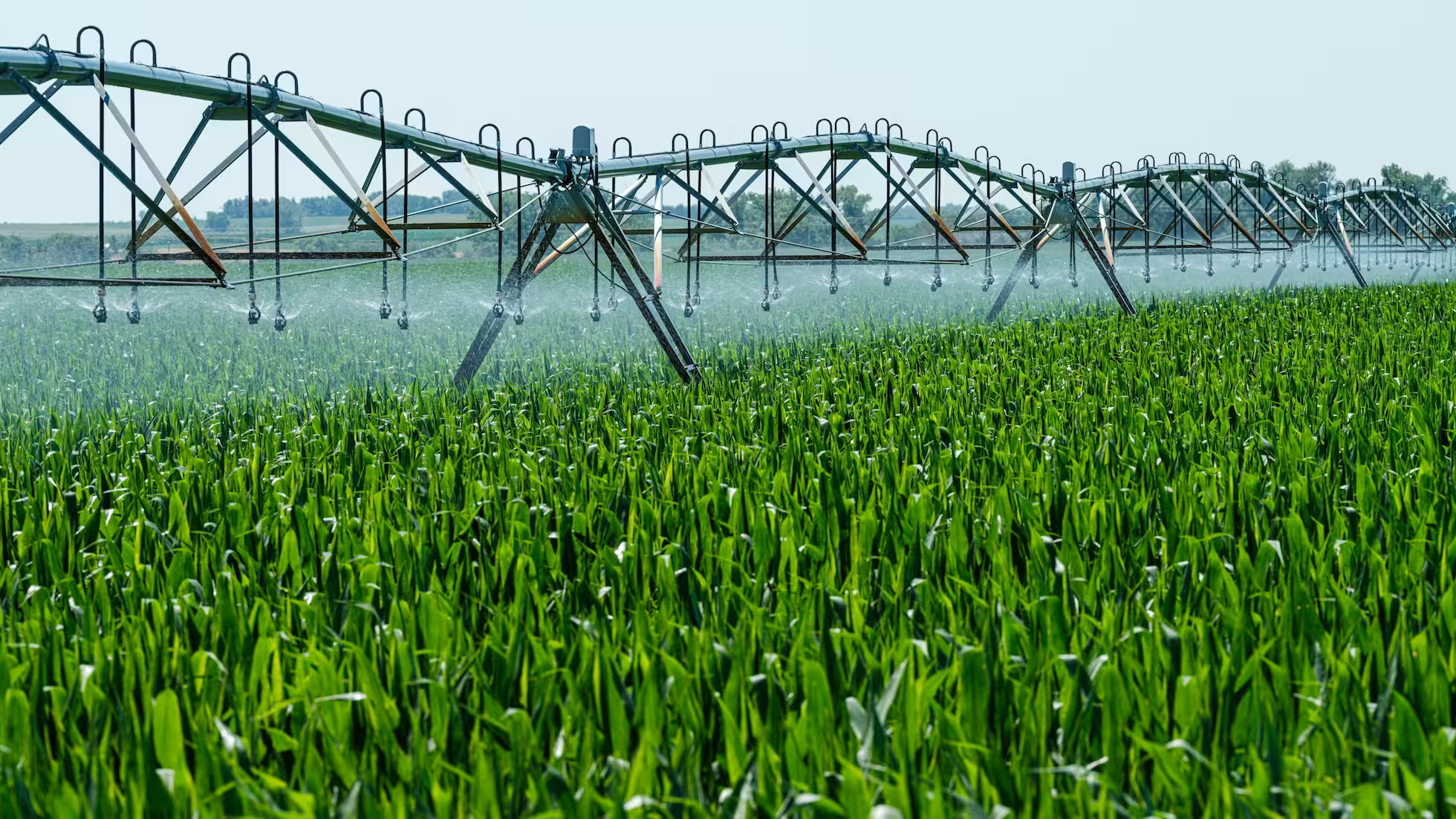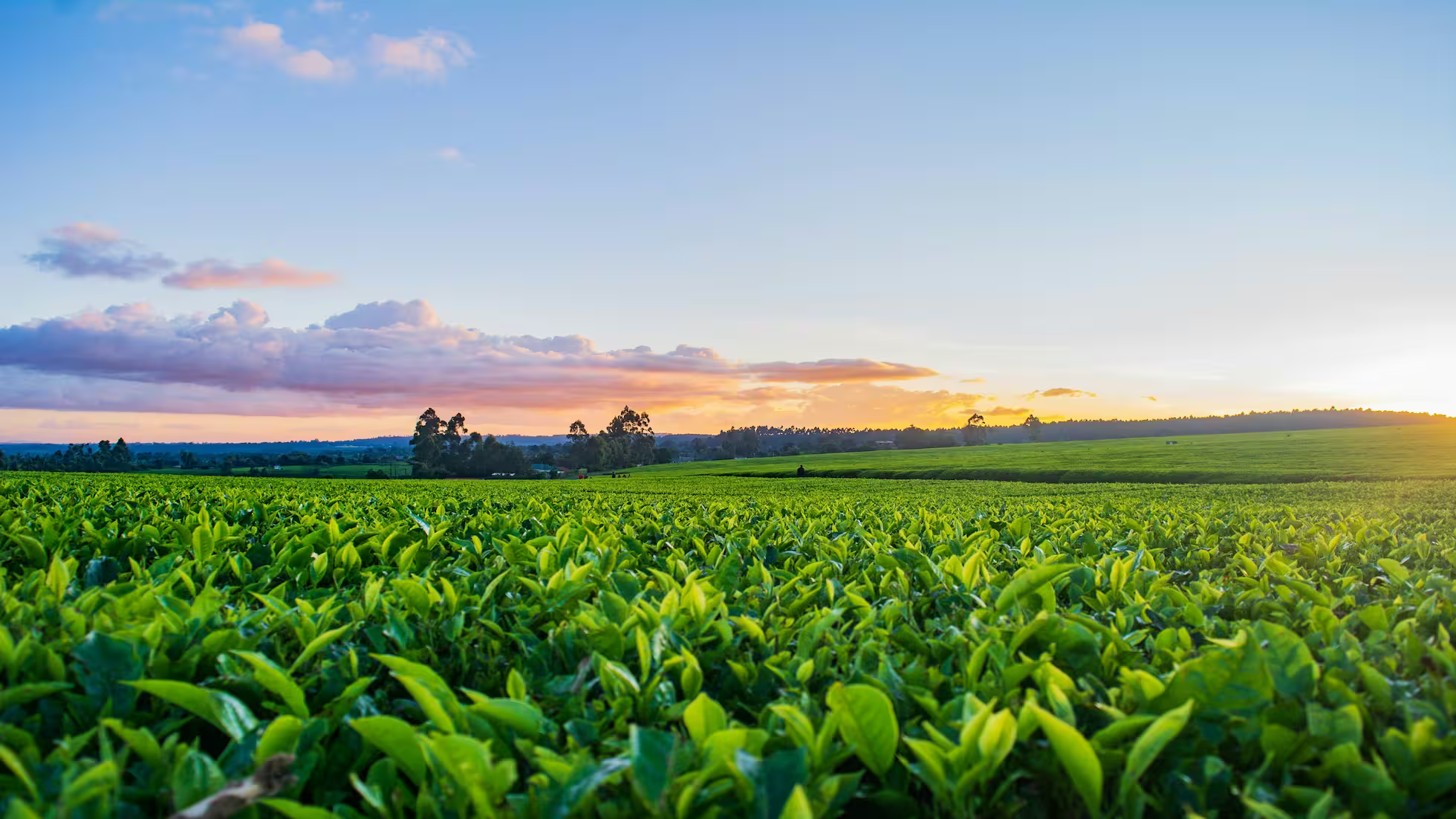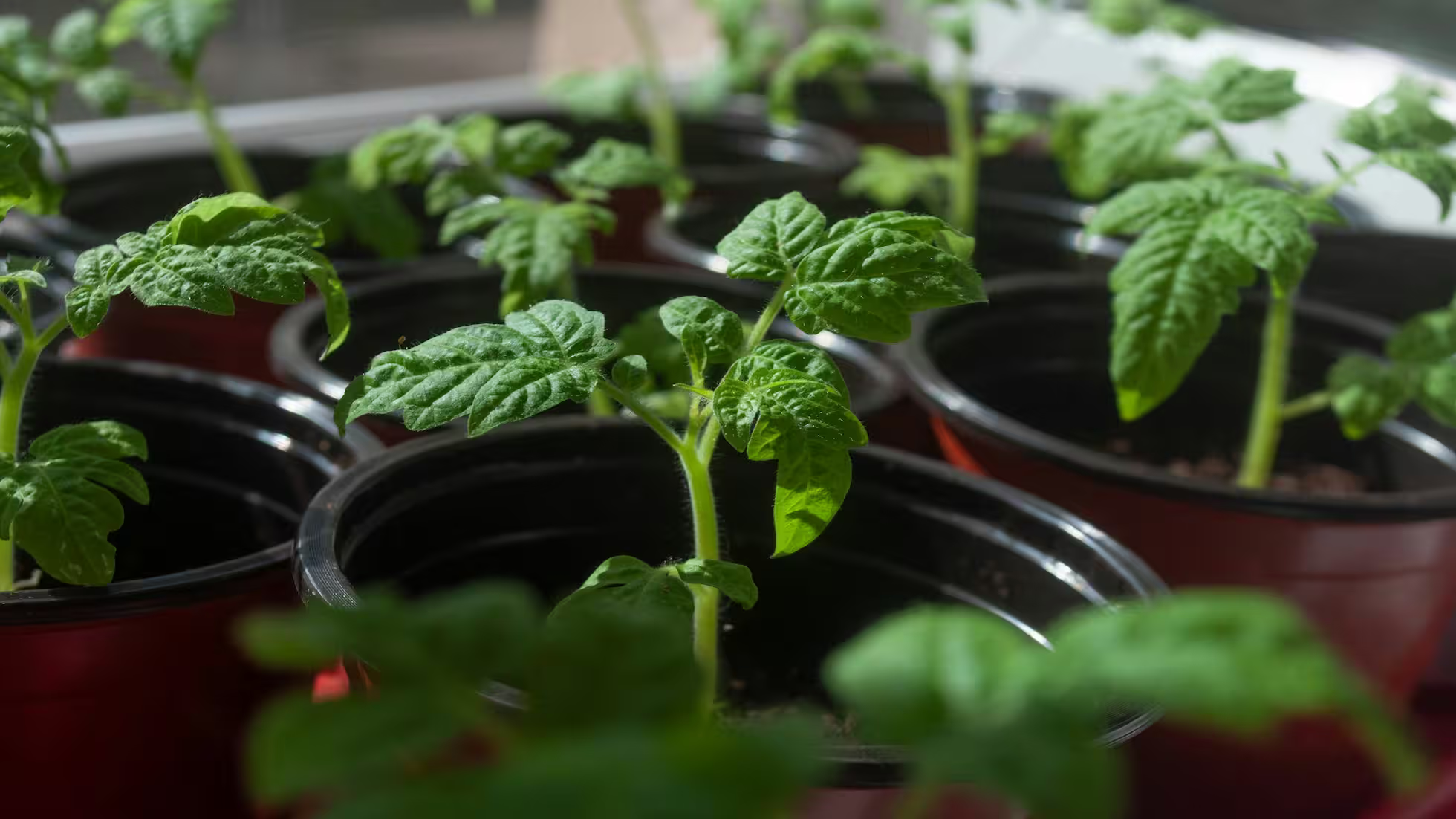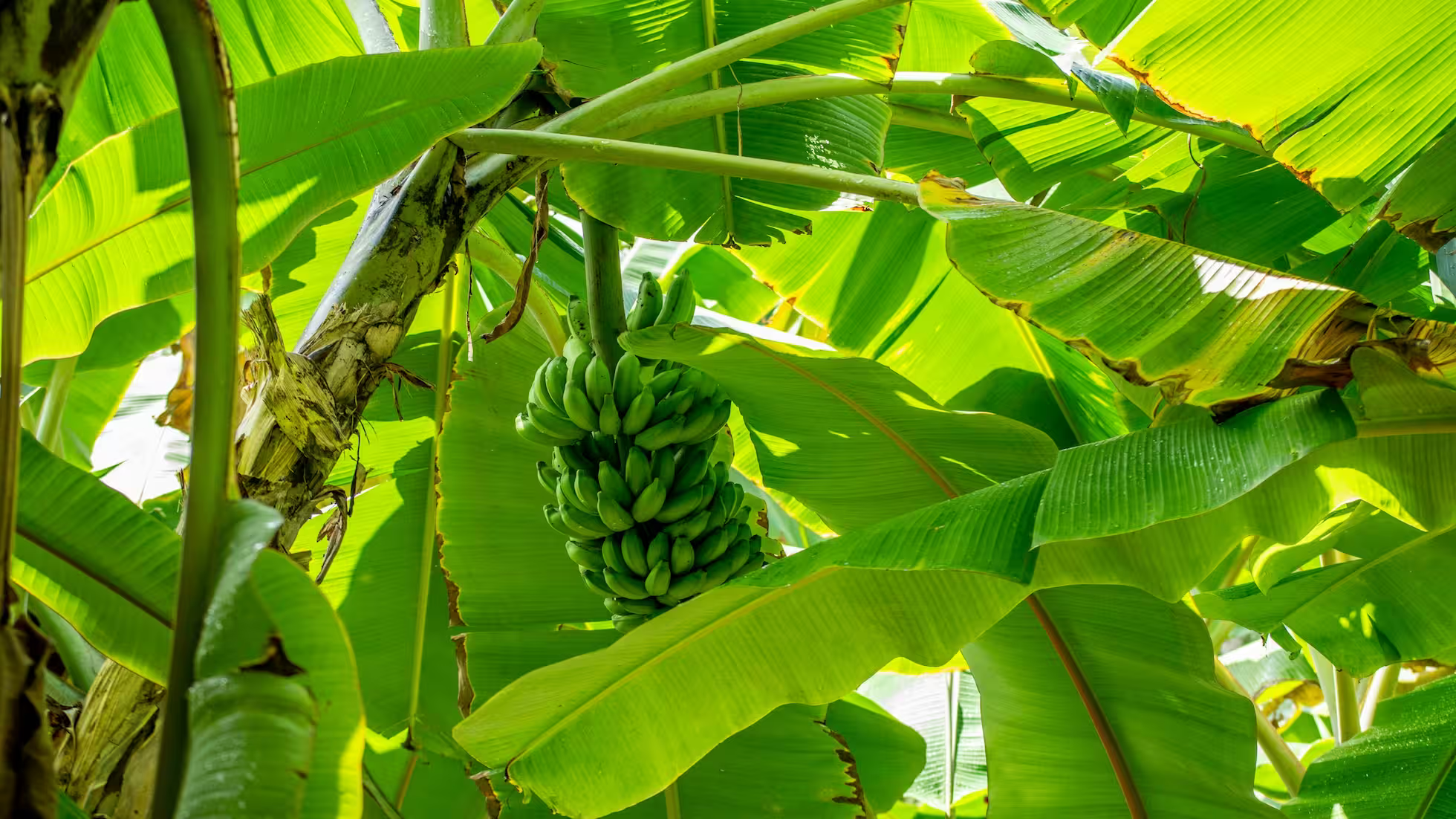Key Points for Winter Vegetable Production

- Northern Solar Greenhouses
(1) Preparation of the House
-
Reinforce the greenhouse. Around the start of winter, strengthen inspections and maintenance of the greenhouse frame, walls, and access passages. For old houses or those with weak wind/snow load resistance, reinforce early.
-
Replace the film. Before winter, choose a windless day to replace worn films. For fruit-vegetable production, select multifunctional plastic films that are durable, anti-drip, highly transparent, and highly insulating, with thickness ≥ 0.10 mm. In severely cold Northeast regions, use PVC multifunctional film or PO film with better insulation; in the Huang–Huai–Hai and Bohai Rim regions, choose PO or EVA films with strong anti-fog/anti-drip persistence; in Northwest and Tibet, consider light-conversion films. For east–west ridge orientation, a diffuse film with about 40% haze is also suitable.
-
Prepare thermal covers. Replace damaged or underperforming covers in time. Generally, straw mats should weigh 3.5–4.0 kg/m² and quilts be ≥ 2 cm thick. Covers should be tight, even, and dry; multilayer covers should lap seamlessly. In high latitudes, use double thermal quilts, etc., to ensure adequate insulation for normal production.
-
Service equipment. Regularly inspect and service rollers, ventilators, circuits, supplemental lighting, emergency heating, and other environmental control equipment to ensure proper operation.
(2) Environmental Control
-
Temperature management. When nighttime outdoor temperature is below 10°C, promptly cover with thermal quilts to keep nighttime indoor temperature ≥ 15°C. From December to February, keep daytime 26–32°C, evening early-night 18–20°C, and pre-dawn minimum ≥ 8°C. Use top ventilation in winter, hang a buffer film under vents, and increase airflow gradually. Hang films at the door and front roof to reduce cold drafts on crops. During rain/snow, cover quilts with plastic to keep them dry. During prolonged overcast or sharp cold waves, use multilayer covers and, if needed, temporary heating (HPS lamps, hot-air stoves, heaters, heat blocks).
-
Light management. Clean films frequently to maintain transmittance. With temperature assured, uncover earlier and cover later to extend light hours. In low-insolation areas, hang reflective film on the back slope at an appropriate angle to increase light on the north side. In continuous overcast/snowy spells, briefly roll up thermal covers during rain/snow-free daytime to raise photosynthesis. When it clears after long overcast, lower covers around noon to prevent wilting from rapid transpiration.
-
Humidity management. Control indoor humidity to prevent disease. Irrigate on sunny mornings via under-mulch furrow irrigation or drip; lay shredded straw or other absorbents in furrows if needed. After rolling up quilts, ventilate briefly (≤ 20 minutes) to dehumidify. Around midday, ventilate appropriately based on crop status and temp–humidity. In continuous overcast/rain/snow, ventilate 10–20 minutes at the warmest midday period. Use dehumidifiers where available.
(3) Key Techniques
-
Mitigate soil constraints. Before transplanting, deep-plow 30–40 cm; combine with solarization/closed-house to return previous-crop straw in situ and increase fertility. In greenhouses with severe soilborne diseases, during solarization add calcium cyanamide (40–60 kg/mu) or dazomet (20–30 kg/mu) plus wheat/corn straw (600–1000 kg/mu) to reduce pathogen inoculum. Before transplanting after solarization, apply biofertilizers to quickly restore a healthy soil microbiome.
-
Promote rooting and sturdy seedlings. Before transplanting, apply well-decomposed high-quality organic manure, vermicompost, and humic-acid composts. For fruit vegetables, before mulching after transplanting, conduct 1–2 shallow–medium cultivations to encourage deeper rooting. As winter slows root growth, apply humic or alginic fertilizers to boost root activity. If plants are weak, spray foliar nutrients containing sugars and amino acids. Before cold snaps, spray plant growth regulators (e.g., brassinolide) to enhance cold resistance.
-
Preserve flowers and fruit. Under low temperature and weak light in winter, adjust plants in time by pinching and removing side shoots to control excessive vegetative growth,
Published at: Nov 22, 2024 · Modified at: Dec 24, 2025



